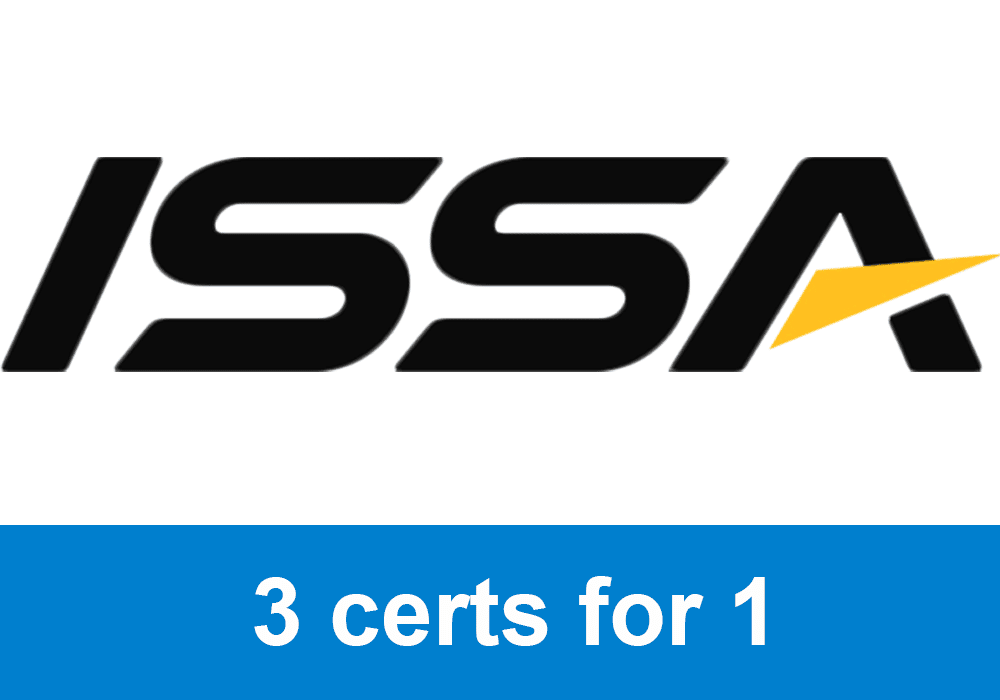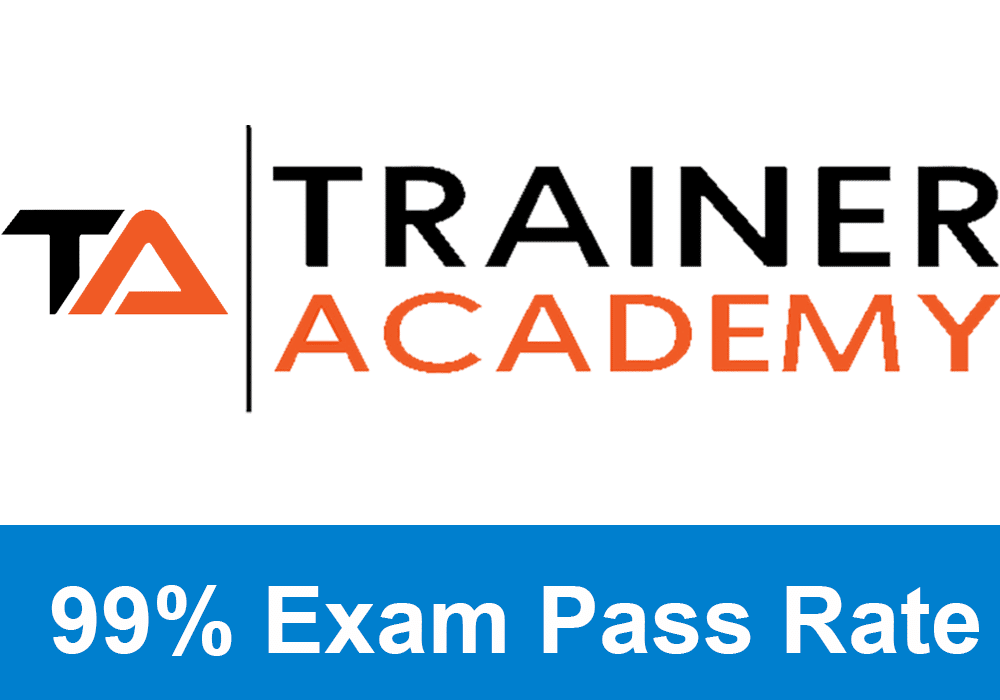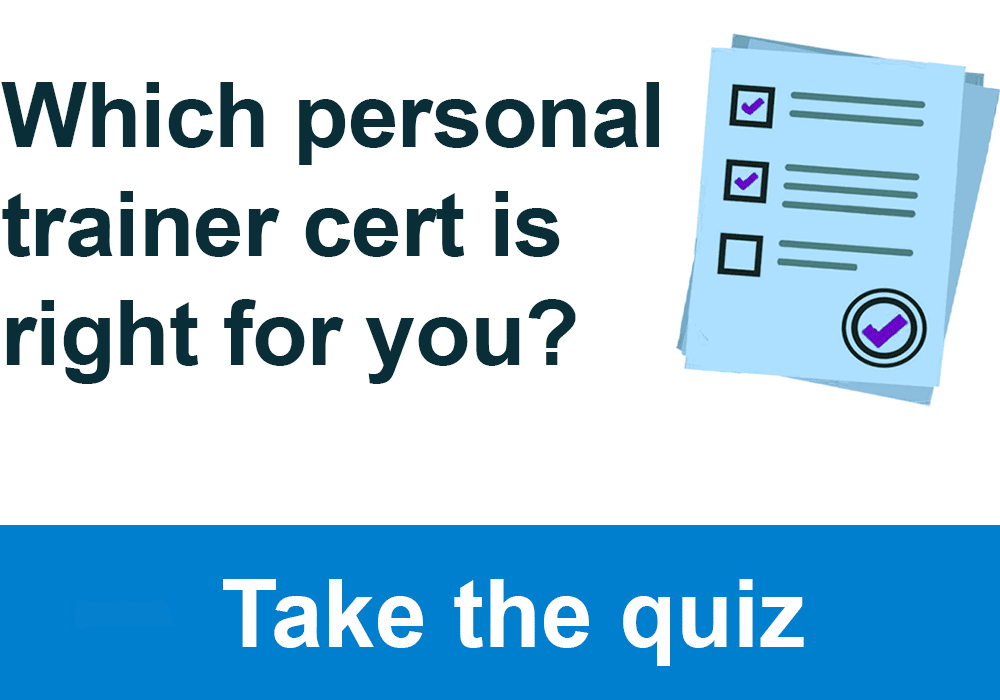
If you have not yet signed up for the NASM PES certification, receive a big discount here.
Get your copy of the NASM PES exam cheat sheet. It helps immensely in studying for the exam.
My PTP students report cutting their NASM PES study time and effort in half with Trainer Academy.
Benefit from the Exam Pass Guarantee and Retake Fee Guarantee. Plus, take advantage of my current discount code PTPJULY for 50% off the MVP Program (Ends July 14th, 2025).
Try it out for free here to see if it’s right for you, or read my detailed review for further insights.
Chapter Goals:
- Be able to explain the psychology of performance and the role it has in achieving athletic excellence.
- Find the strategies for mental skills for use in programs of integrated training.
- Be able to describe the motivational and leadership techniques for the improvement of athletic performance.
Introduction
Athletes should be able to keep a strong outlook psychologically to perform at higher levels of competition.
They will, at some point, be faced with some form of adversity in an event, in the season, and over the course of their career.
Keeping focus can make the difference between athletic success and possible failure in sports.
Concentration
The mind can often wander in its thoughts when we think about things other than the task in front of us.
This makes it difficult for us to keep our focus on the right area.
Limited channel capacity is simultaneously holding onto a limited amount of information in the mind.
Exclusive PTP CPT Offers |
||
|---|---|---|
Most Popular Cert | Best Online NCCA Cert | Best Study Materials |
Gold Standard Cert | A Good Option | Best CPT for you?  |
Defining Concentration
Concentration is defined as maintaining awareness and focusing on the relevant cues for a period of time and then shifting the focus when needed.
We have four practical aspects of concentration
- Being able to focus on the cues that are relevant in the environment
- Maintaining the focus over a long time
- Having awareness of the situation we are in
- Being able to shift attention when needed
Focusing on Relevant Cues
This is an important part of the relevant cues, which is known as selective attention.
A relevant cue will be something that is information associated with a task that may need some signal or action.
Irrelevant cues are the cues that distract and take away our attention.
Maintaining Attentional Focus
Keeping focus and attention during the activity or competition is critical for success.
The amount of time we usually stay on one topic is actually around 5 seconds, and we generally have around 4,000 different thoughts throughout the day for an average 16 hour day.
Keeping a focus on the right thing can be challenging.
Maintaining Situational Awareness
This is one of the more misunderstood aspects of attentional focus and it is defined as an understanding of the things happening around them.
Shifting the Attentional Focus
This is the last part of the definition of concentration and it is concerned with the ability for us to shift the attentional focus based on the demands of whatever situation we are in.
Strategies to Improve Concentration
Self-talk
This is the inner and the outer dialogues that we have with ourselves that form our thoughts and shared ideas.
Teaching and implementing good self-talk for athletes will be a valuable part of helping them improve their performance, especially with younger athletes or those new to some sport or position in a sport.
Routines
These can help improve focus and concentration and be extremely useful for mental preparation for sports.
Routines help us get in the right frame of mind and transfer our attention from the things that are irrelevant to the task to the ones that are relevant.
Exclusive PTP CPT Offers |
||
|---|---|---|
Most Popular Cert | Best Online NCCA Cert | Best Study Materials |
Gold Standard Cert | A Good Option | Best CPT for you?  |
We see quicker and regular use of routines easily when we look at the routines used before tasks like hitting a golf ball, serving a tennis ball, or shooting a free throw.
Self-Monitoring
This is the observation of yourself in some systematic form, typically for the production of behaviors more desirable.
Positive self-monitoring is important, and this is when we monitor just the positive aspects of the performance at the time, and then we can address the poor parts of the performance once the event is over instead of just rethinking that while playing.
Imagery
Creating a mental image is not a special technique that is made by sports psychologists.
Mental image creation is something that we have done for many psychological processes.
It can be very powerful and useful when trying to enhance performance athletically. It is also used for greater motivation, confidence, attention, and focus.
Motivation
This is defined as the direction and intention of your efforts.
It will determine whether or not someone is attracted to a certain situation or not.
It also can play a role in the intensity that someone will work at in these situations.
Intrinsic motivation is the desire to play a sport or an activity for pure enjoyment and fun they have. It is also a drive to be competent and better and self-determining.
Extrinsic motivation focuses on the rewards and things received by the port or by winning specifically.
Intrinsic motivation is found to be a better long-term motivator, but it is thought that people always have some combination of the two forms of motivation.
Coping with Pressure
At some point, the athletes will receive pressure from spectators, game situations, and their mental state.
One big characteristic trait of mentally strong athletes is to cope with these pressures and overcome them or even use them to their advantage.
Breath Control is a somatic anxiety reducing technique that focuses on breathing and imagery for the athlete. It is a good technique to practice as it helps with all levels of focus.
Progressive Relaxation is the cornerstone of many modern procedures for relaxation and is a gold standard of physically oriented relaxation techniques.
The relaxation response is a cognitive anxiety reduction technique where the person meditates without a spiritual or religious aspect, mainly focusing on themselves and their state of mind.
Coping is another cognitive relaxation technique where we manage the stress and demands we place on ourselves.
We also have problem focused coping, which focuses on altering and managing the problem that is causing the stress for us.
Emotion focused coping is a form of coping where we focus on regulating our emotional responses to the problem causing the stress on the person.
Leadership
One of the most important qualities for sports performance professionals is to be effective as a leader.
We have many leadership styles that we can choose to follow and use.
The first form of leadership style is a relationship oriented one where the focus is on making interpersonal relationships, keeping the lines of existing communication open, keeping a positive social interaction with people, and involving the players in the decision making processes.
The other main form of leadership is the task oriented style leader, where the focus is on getting the task at hand done, initiating the structure, and meeting some set goals and objectives.
Leaders will be variations of these two main styles and mix and match what they focus on.

 Have a question?
Have a question? 


Tyler Read
PTPioneer Editorial Integrity
All content published on PTPioneer is checked and reviewed extensively by our staff of experienced personal trainers, nutrition coaches, and other Fitness Experts. This is to make sure that the content you are reading is fact-checked for accuracy, contains up-to-date information, and is relevant. We only add trustworthy citations that you can find at the bottom of each article. You can read more about our editorial integrity here.